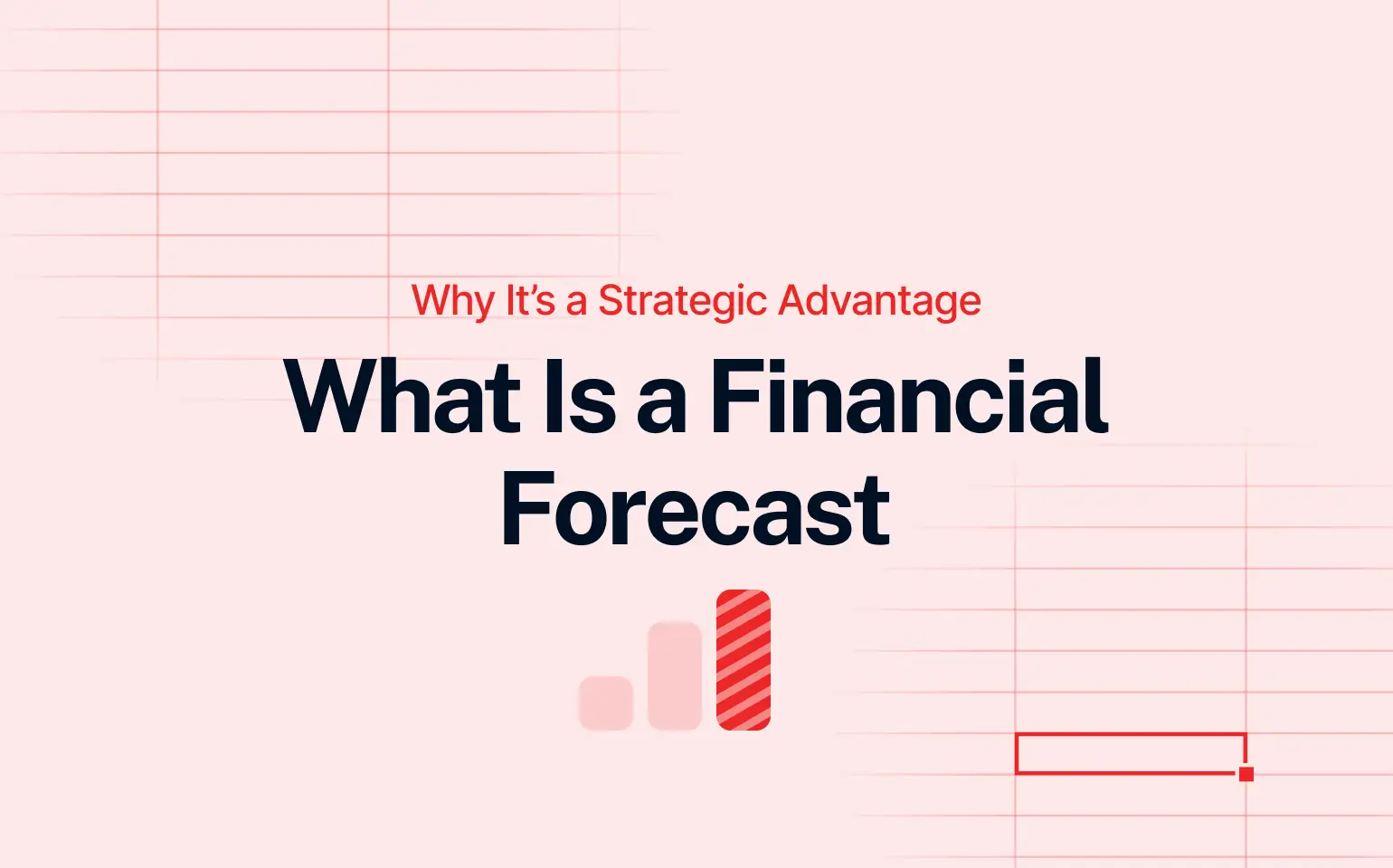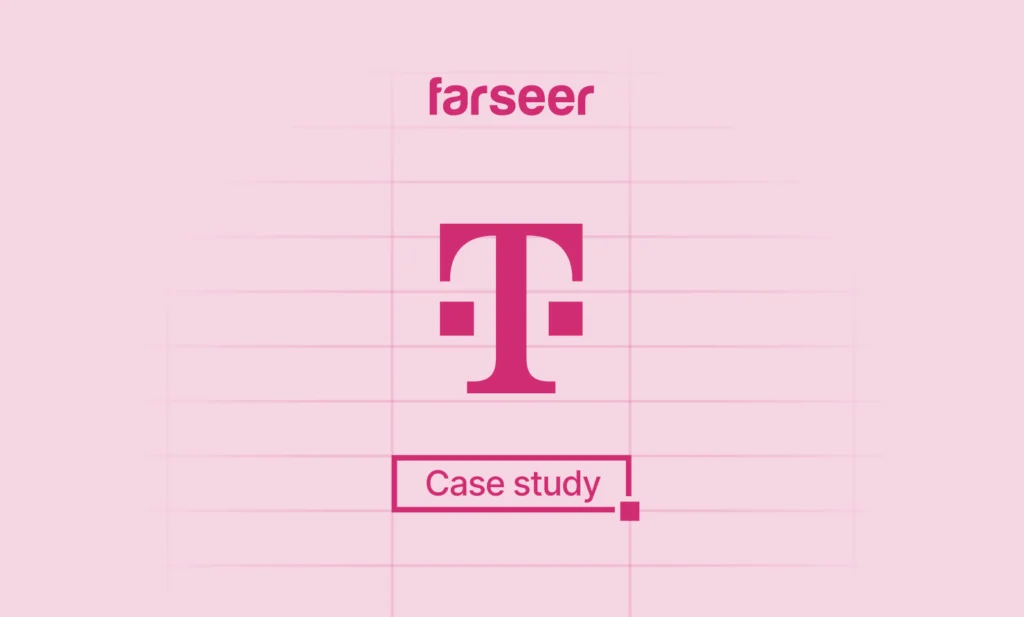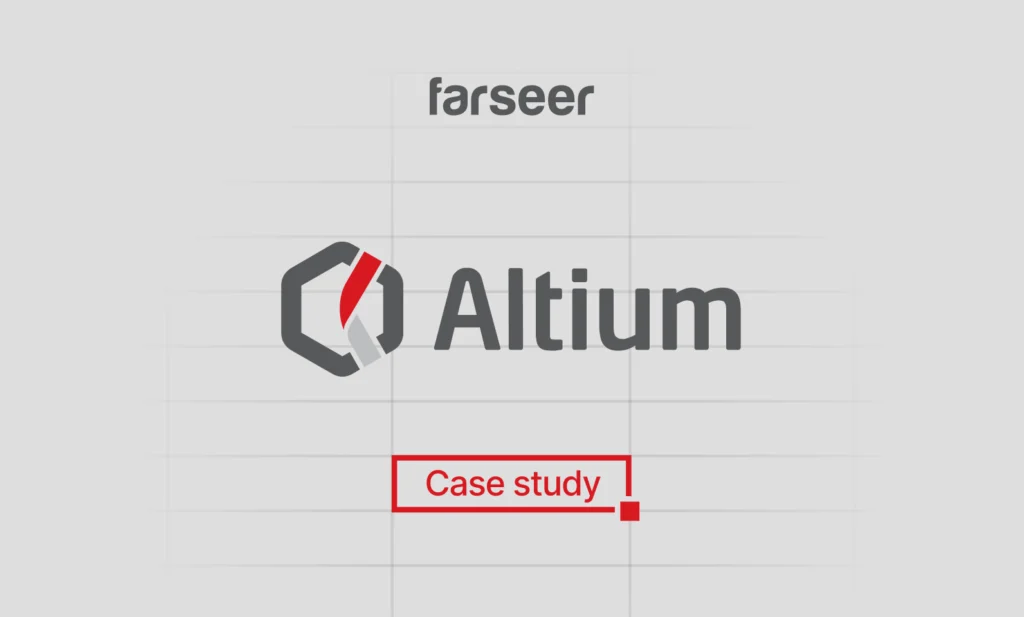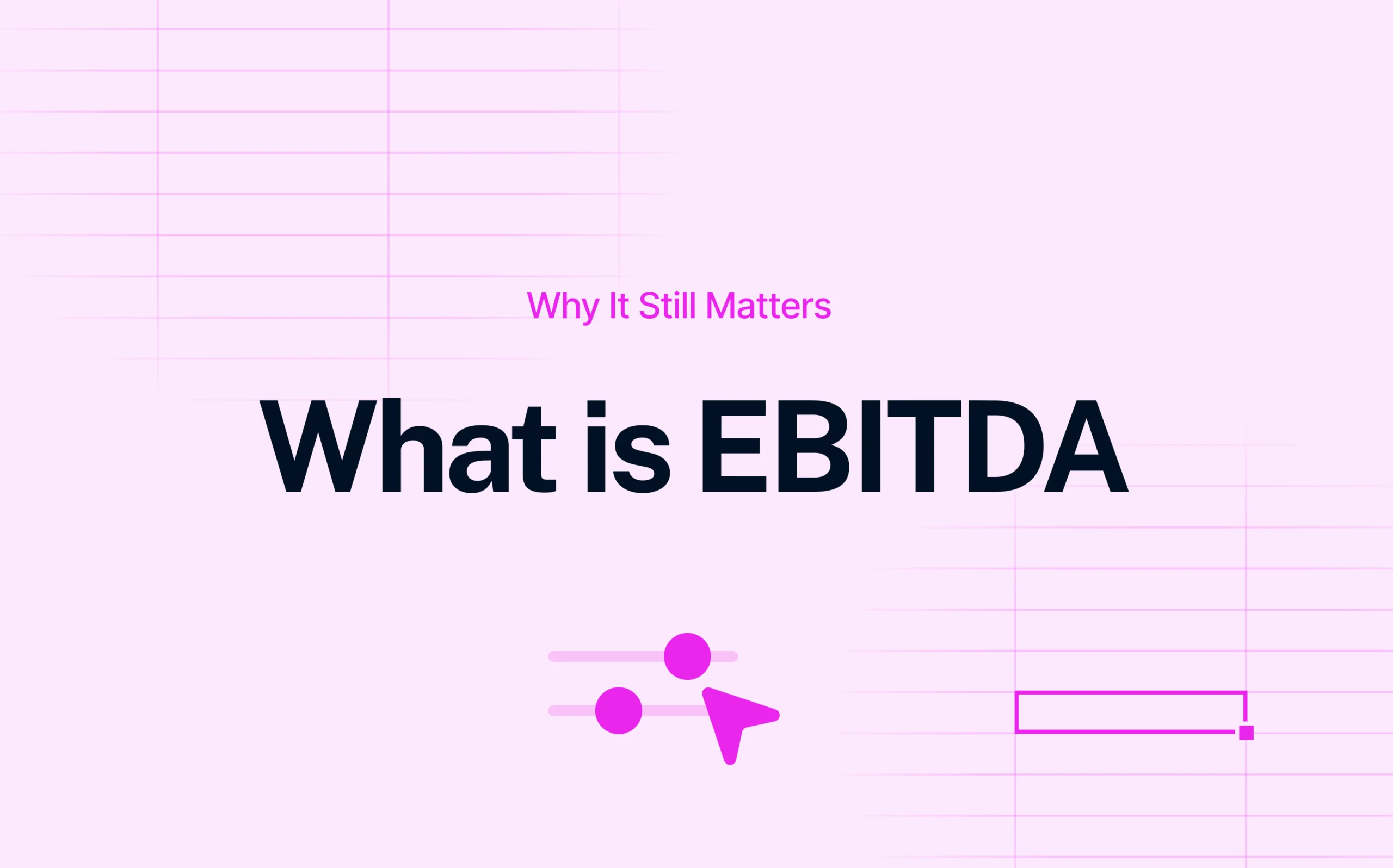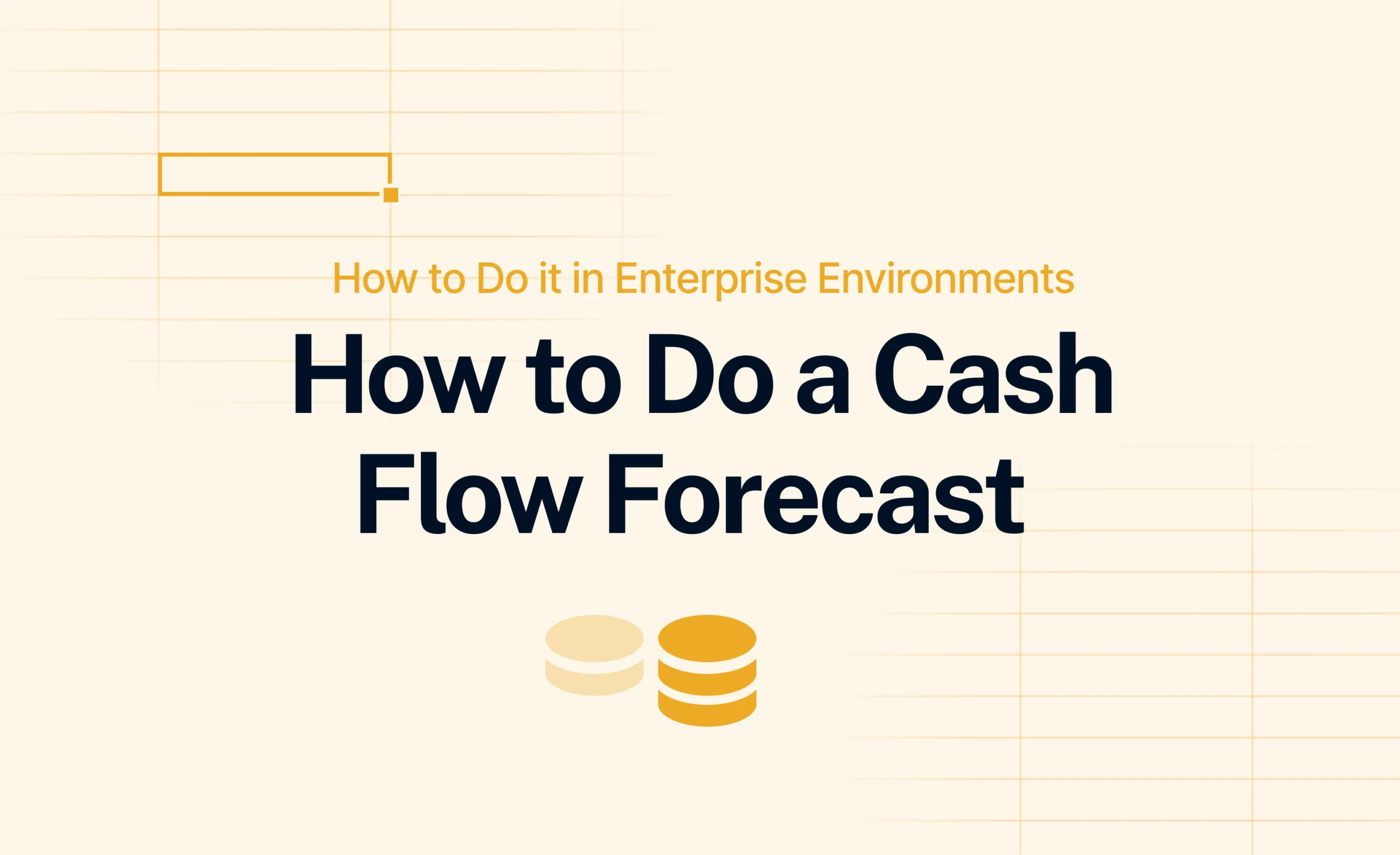When most people hear financial forecast, they think of Excel sheets, version 28_final_FINAL.xlsx, and the pressure of hitting yet another planning deadline.
Every finance leader knows the pain of walking into a board meeting with a forecast that’s already outdated. In businesses where market shifts, production bottlenecks, or supplier price hikes can hit fast, waiting for a static annual forecast just doesn’t cut it. You need something dynamic, a process that lets you re-forecast and steer in real time.
Read Strategic Financial Planning: How to Plan for Success
And that starts with understanding what a financial forecast should be. Not just a report, but a live reflection of your business logic, your assumptions, and your decisions.
Let’s break that down and look at what high-performing companies do differently.

Financial Forecast, Defined Simply
A financial forecast estimates future revenues, costs, and cash flows over a defined period. Unlike a budget, which sets targets and is more rigid, a forecast is meant to adapt to real-world changes, whether that’s fluctuating raw material prices or an unexpected market drop in Germany.
Done well, a financial forecast becomes your company’s early warning system. Done poorly, it becomes just another version of outdated numbers everyone ignores.
Why Financial Forecast Still Fails in Mid-Sized Enterprises
+Despite the strategic importance, forecasting is still broken in many mid-sized companies, and the reasons are painfully familiar:
- Too much Excel. A study by Ventana Research found that 70% of companies still rely heavily on spreadsheets for planning and forecasting, despite admitting they’re error-prone and hard to consolidate.
- Disconnected systems. Sales, operations, and finance all work in silos. At Hrvatski Telekom, over 70 planners used 50+ spreadsheets to prepare forecasts, which took more than 10 days to consolidate. With no shared assumptions or real-time sync, finance spent more time fixing numbers than using them. After switching to Farseer, modern FP&A software, that cycle dropped to just 2 days.
- Limited forecasting frequency. Most teams are stuck with static forecasts done once or twice a year. That’s too slow when you’re dealing with monthly shifts in commodity prices or unexpected production delays.
Types of Forecasts That Actually Work in Complex Companies
There’s no one-size-fits-all approach. Here are three that typically deliver the most value in complex orgs:
Rolling Forecasts
Unlike static annual budgets that become outdated after a single market shift, rolling forecasts, are a dynamic type of continuous forecasting that extend the planning horizon, typically by 12 months or more. This approach is especially valuable in fast-moving sectors like FMCG, automotive, and retail, where demand volatility, raw material price changes, or supply chain disruptions can impact margins almost overnight.
Instead of waiting for the next budgeting cycle, teams can update assumptions monthly or quarterly, adjusting for actuals, new inputs, and shifting priorities in real time. This keeps leadership focused on what’s ahead, not just what’s behind.
In one Farseer implementation, electronics manufacturer Altium adopted rolling forecasting to replace manual Excel-based planning. They achieved significant results:
- Forecasting cycles shortened by 25%
- Reporting speed improved by 30
Driver-Based Forecasts
Driver-based forecasting is type financial forecast that connects financial outcomes to real business inputs, like units sold, headcount, raw material prices, or machine hours. Instead of forecasting line items in isolation, you define relationships between key operational drivers and financial results. That way, when something changes (e.g. sales volume drops by 5%), the forecast adjusts automatically, showing the impact on revenue, gross margin, EBITDA, and cash flow.
This approach is especially valuable in capital-intensive sectors like manufacturing and pharma, where cost structures are closely tied to production volume and workforce capacity. A controlling director in a pharma company, for instance, might link CAPEX planning to expected growth in a specific therapeutic line. If forecasts shift due to regulatory delays or market access issues, they can immediately recalculate investment needs before committing to new equipment or hiring.
The key advantage? Less guesswork, faster reforecasting, and better alignment between operational plans and financial strategy.
Scenario Forecasts
Scenario forecasting is type of financial forecast that lets you test how external shocks, like inflation, FX swings, or commodity price spikes, could affect your P&L, cash flow, or EBITDA before they hit your bottom line. It’s not just about playing out worst-case or best-case plans. It’s about being ready to act.
This kind of forecasting is especially critical in industries like logistics, pharma, and food manufacturing, where external costs can move fast, but price adjustments and operational changes take time to implement.
With scenario forecasting, you don’t just react. You’re already planning your next move.
Is Your Forecasting Process Outdated? Quick Checklist:
Ask yourself (or your team) these six questions:
- Do we still reconcile actuals vs. forecast manually?
- Is financial forecast tied to business drivers or just line-item trends?
- Can we adjust our forecast within 24 hours if a key assumption changes?
- Is it clear who owns which part of the forecast?
- Can we forecast cash flow weekly without days of prep?
- Do other departments actually trust the forecast and use it?
If you answered “no” to more than two, there’s work to do.
Key takeaways:
- Static financial forecast doessn’t work anymore. You need real-time, flexible forecasting to keep up with volatile markets.
- Forecasts should guide decisions, not just fill reports. When they reflect real business drivers, they become strategic tools.
- Excel slows you down. Most mid-sized companies still rely on spreadsheets, leading to disconnected data and slow updates.
- Rolling forecasts keep you future-ready. Update monthly or quarterly, not once a year.
→ Altium cut forecasting time by 25% with Farseer. - Driver-based forecasts connect ops to finance. If volume drops or costs rise, you instantly see the financial impact.
- Scenario planning prepares you for risk. Model cost shocks, inflation, or FX swings before they hit.
- If you’re still reconciling manually or stuck in silos, it’s time for a change.
